The World of Command & Colors
By Mitch Reed
To kickoff 2022 I had some fellow gamers over to play two different games from the Command & Colors game system. We split into two groups, one playing the American Revolutionary War-based Tricorne and the other team playing the re-make of Samurai Battles. Since this event, I have been thinking about the Command & Colors system created by Richard Borg over twenty years ago and how I became a fan of it. I came into the C&C realm rather late when I picked up a new copy of C&C Napoleonic () that someone was selling cheap at a convention about seven years ago. I didn’t know very much about the system and the deciding factor to make the purchase was the low price and the rating on Board Game Geek. At that time, I did not realize the path I set upon.
 The C&C system first came out with the release of Avalon Hill’s Battle Cry which covered the American Civil War in 2000. The system is played on a hex-based map where players place the terrain and troops upon which enabled it to be used for multiple scenarios. The first game in the series used plastic miniatures to represent the forces in the game and in later versions went to blocks with stickers.
The C&C system first came out with the release of Avalon Hill’s Battle Cry which covered the American Civil War in 2000. The system is played on a hex-based map where players place the terrain and troops upon which enabled it to be used for multiple scenarios. The first game in the series used plastic miniatures to represent the forces in the game and in later versions went to blocks with stickers.
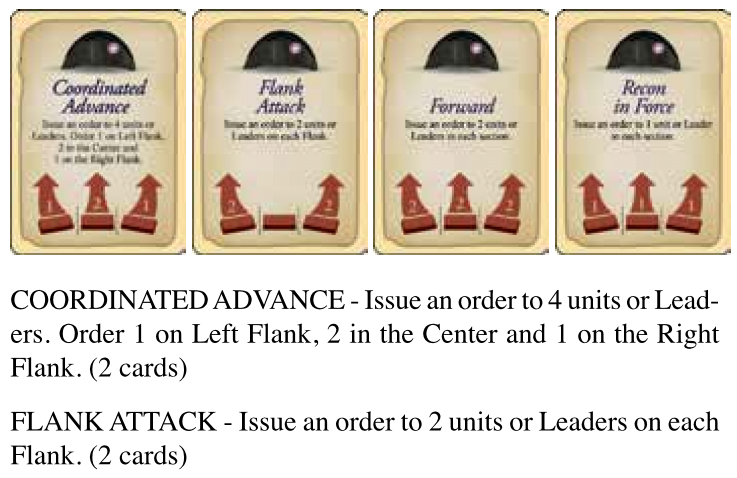 The core of the system is the card mechanic which is the heart of the game. Each player, based on the scenario, draws a hand of cards, which represents different orders that can be given to their troops. The map is split into three sections (left, middle & right) and the cards allow you to give orders in one or more sections of the map. Some cards activate certain types of troops, and some are based on leaders and a unit’s proximity to other units.
The core of the system is the card mechanic which is the heart of the game. Each player, based on the scenario, draws a hand of cards, which represents different orders that can be given to their troops. The map is split into three sections (left, middle & right) and the cards allow you to give orders in one or more sections of the map. Some cards activate certain types of troops, and some are based on leaders and a unit’s proximity to other units.
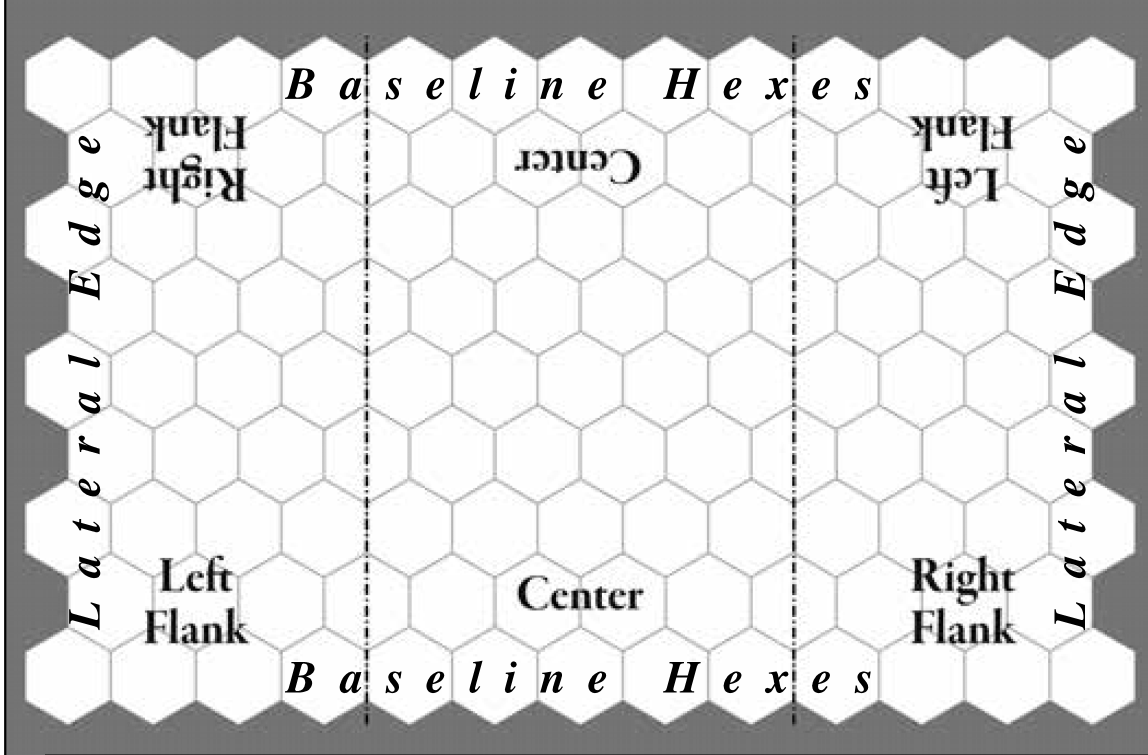
I remember getting my battle buddy Throck to play C&C Napoleonic soon after I got the game, and he did not like the fact he could not give orders to his forces as he wished. This complaint has been repeated by many gamers who pass on the series; however, it perfectly injects fog of war, command and control as well as logistics in the game that few game systems can match.
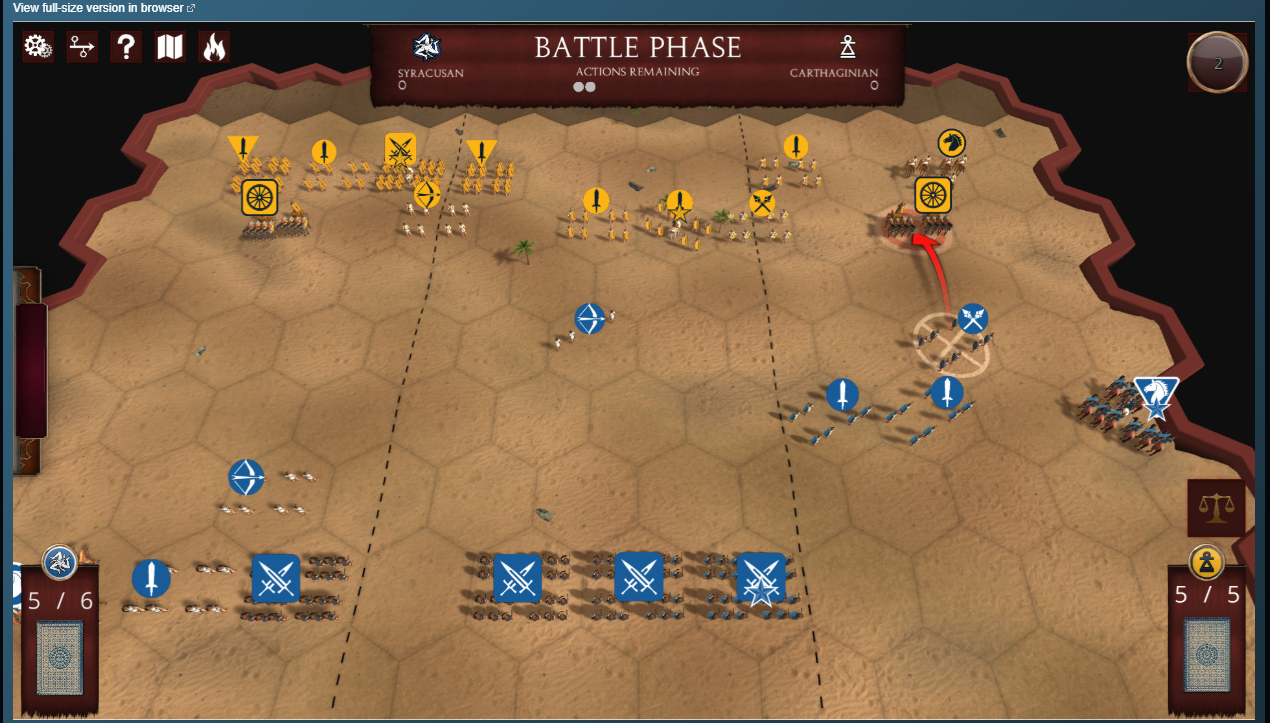
Gamers feel that this is an imposed limitation placed upon them since other games let them command their forces without any limitations. As I explained to Throck then, in real war you cannot assume that your forces will do as you wish during combat and that the game, in a very slick manner, gives a player a more realistic taste of the limiting factors a commander must face on the battlefield.

The card system also adds a chaos factor to the game which players must overcome. Which cards do they play during a turn, which do they keep, and wondering what the next card they draw from the deck has in store for them?
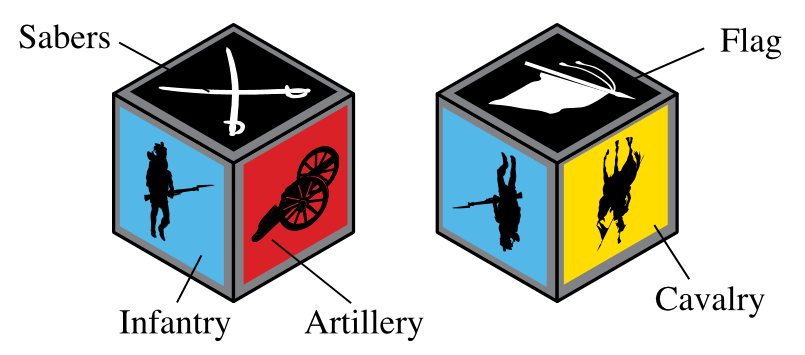 Another key mechanic of the game is the dice system. Unlike using a standard d6, the game used a d6 with symbols for combat resolution. The dice faces are different in each game as you would expect, however, the way in which it is done really adds to the heart of portraying the differences in the periods the game covers.
Another key mechanic of the game is the dice system. Unlike using a standard d6, the game used a d6 with symbols for combat resolution. The dice faces are different in each game as you would expect, however, the way in which it is done really adds to the heart of portraying the differences in the periods the game covers.
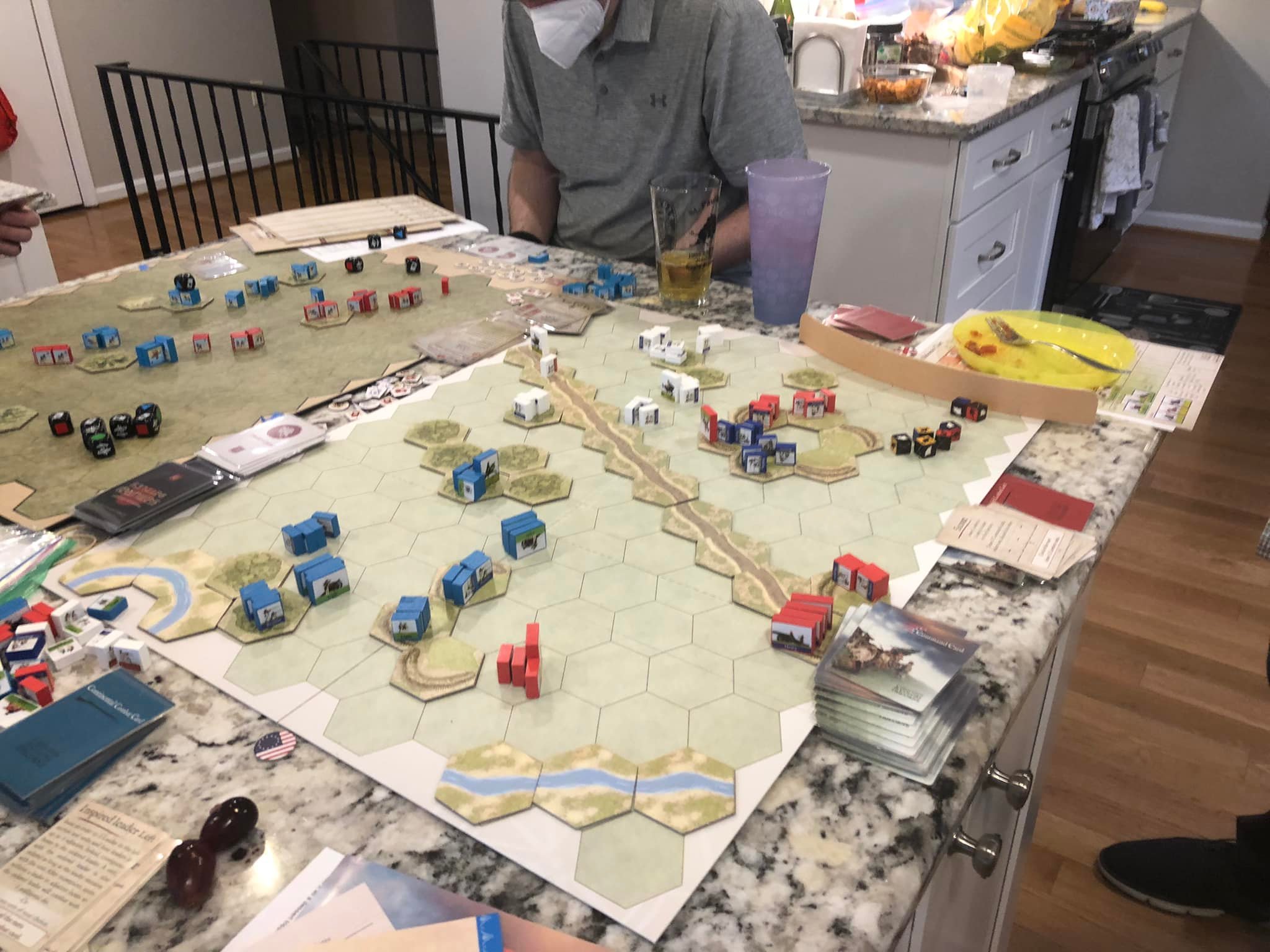
A good example of this is the differences in C&C Tricorne and C&C Napoleonic. While the dice are similar, the Napoleonic version has two sides of the dice showing hits on an infantry formation while Tricorne has two flags, which causes a unit to retreat. This subtle difference along with the game rules gives the player a more accurate representation of the changes in warfare between these two periods in a manner that does not bog down the flow of the game. This is how the game system can be translated into so many different eras.
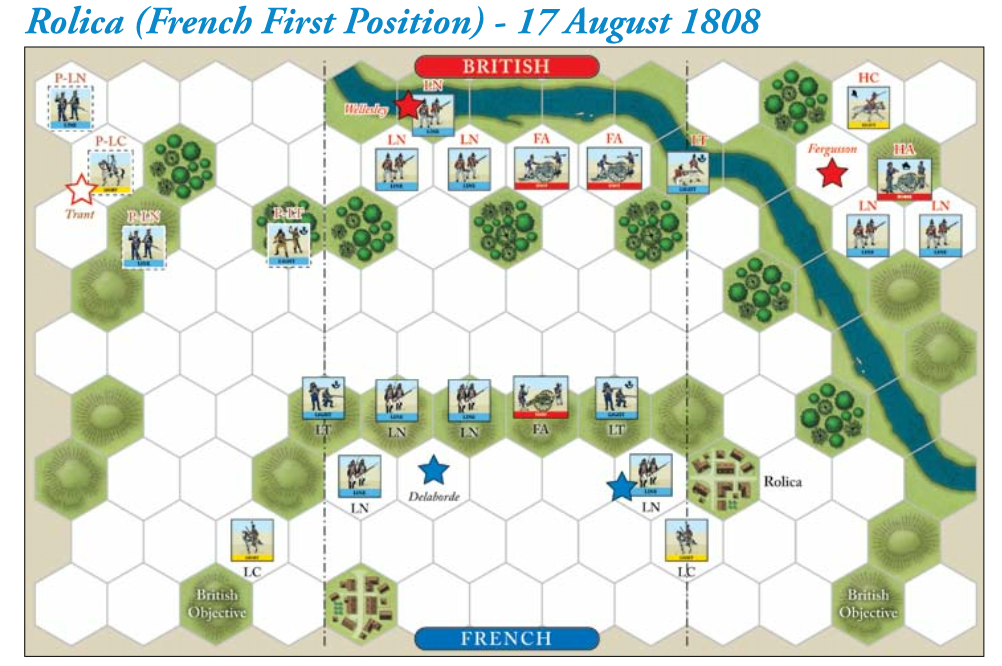
Each title in the series comes with multiple scenarios that represent many of the more famous battles that took place in a period in which the game takes place. Each scenario uses a different map, forces, and sometimes special rules that will keep you playing each game for a while.

The C&C system has covered many different periods and most of the games have multiple expansion sets which add new forces and nationalities. So far, the system has produced the following games;
-American Civil War: Battle Cry and the 150th Anniversary Edition (Avalon Hill)-
-World War Two: Memoir ’44 ()
-Ancients (GMT Games) with six expansions
-Medieval (GMT Games) with one expansion
-World War One: Great War (Plastic Soldier Company) with two expansions
-Napoleonic (GMT Games) with seven expansions (six released one on P500)
-Fantasy: Battle Lore ( & Days of Wonder)
-Space/Sci-Fi: Red Alert (Plastic Soldier Company)
-American Revolution: Tricorne (Compass Games), one expansion and one for the Jacobite Rising
-Feudal Japan: Samurai Battles ( 1st edition) (GMT Games 2nd edition)
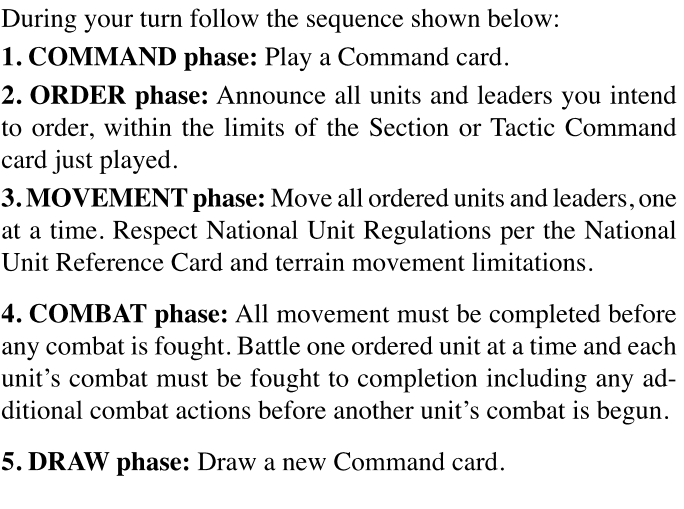 This list alone should show both the fungibility and popularity of the system. I have played the Great War, Napoleonic, American Revolutionary, Ancients, World War Two, and the Samurai editions of the game either as a tabletop game or their PC versions and I can state that they all play differently. Once you get the core mechanics of one game down, you can easily pick up the rules of any of the other series of games. As I stated above with the dice mechanic, each system adapts the core mechanics of the game to better portray the conflict the game is based upon.
This list alone should show both the fungibility and popularity of the system. I have played the Great War, Napoleonic, American Revolutionary, Ancients, World War Two, and the Samurai editions of the game either as a tabletop game or their PC versions and I can state that they all play differently. Once you get the core mechanics of one game down, you can easily pick up the rules of any of the other series of games. As I stated above with the dice mechanic, each system adapts the core mechanics of the game to better portray the conflict the game is based upon.
\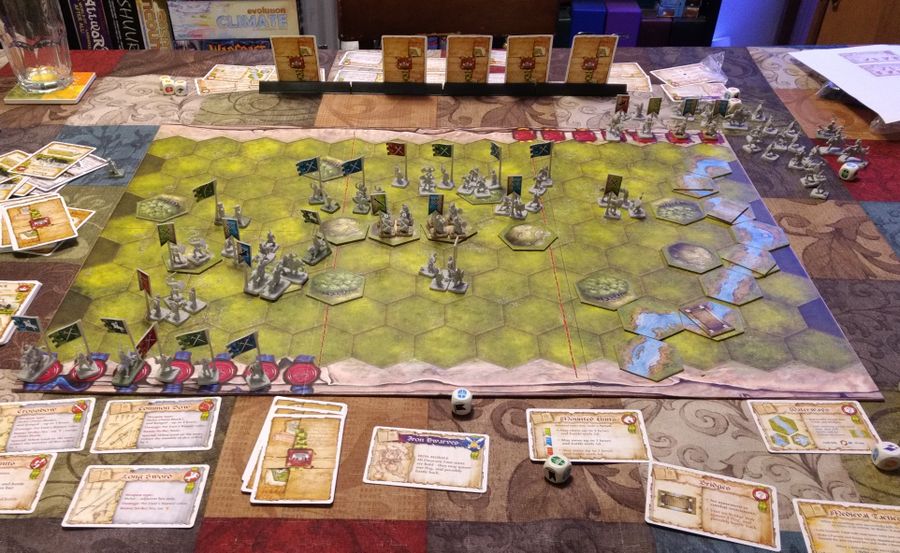
Sometimes this causes “rules creep” where a rule in one system is different in another (ex. ability of leaders) however with a handy cheat sheet this can be overcome. Some systems do introduce new mechanics to enable the play of different types of forces (ex. Elephants in Ancients) or how the forces were used (ex. Squares in Napoleonic). No matter what era you choose to play, the gaming experience is unique and challenging.
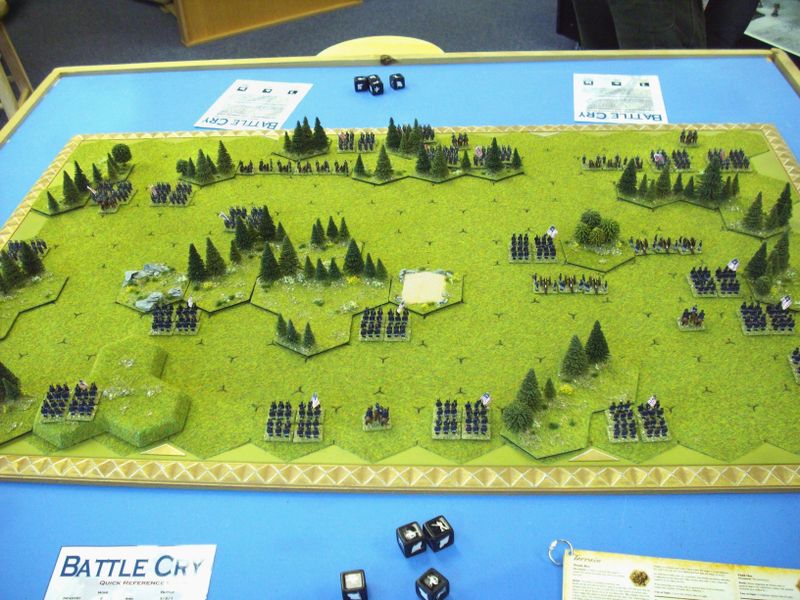
As the game has gained popularity the various designers have grown the basic game system. Some games feature tactical cards, force-specific cards, and an epic version of the game which is played on two maps. The Continental and British Combat Cards in Tricorne gives the game a unique period feel and represents the different capabilities of the two sides in the game. The Honor and Fortune Token mechanic and the Dragon Deck in Samurai Battles really reflect the unique nature of war in feudal Japan during the era of the Samurai.
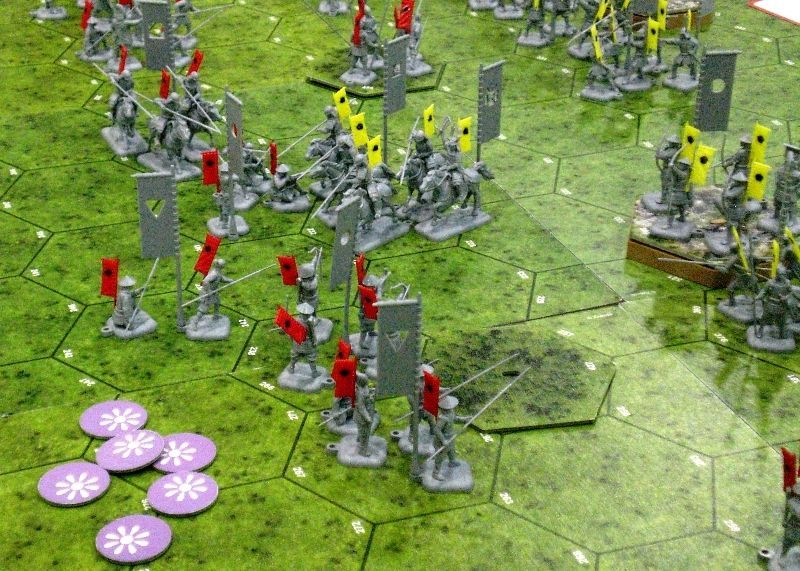
Some of the games use miniatures, however, most use wooden blocks to represent the forces and the biggest pain is getting the stickers on the many blocks each game comes with. I have always said that block games bridge the worlds of board gamers and miniature players and many C&C fans have taken this to heart by playing the game with miniatures and using miniature game terrain on the hexes.
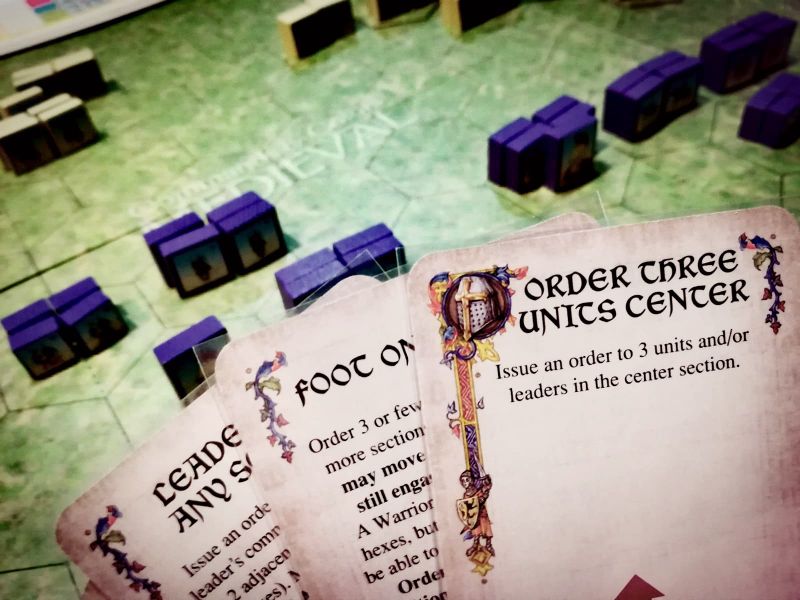
Another great aspect of the C&C world is the community behind the game. Gamers will find many fan developed scenarios and play aids at places like Board Game Geek and fansites such as Commandsandcolors.net. This community also means that most gamers will be able to find other players nearby to play and some of the games even have an active tournament scene for both the board game version and via the internet using programs such as.

With any game system, there are some drawbacks, the game is not designed to be played solo despite some publishers and fans developing solo rules. Another minor drawback that you may see online is the reaction of many so-called die-hard grognards who feel the card mechanic is limiting and the battles are too abstract for them. I would ignore these baseless claims. While the game is an abstraction of a battle, it is also easy to play in under two hours and is not bogged down with so many rules that make the playing experience painful. If realism is what you are after, let me tell you that no game is realistic and if one was ever created you would not want to play it anyway.
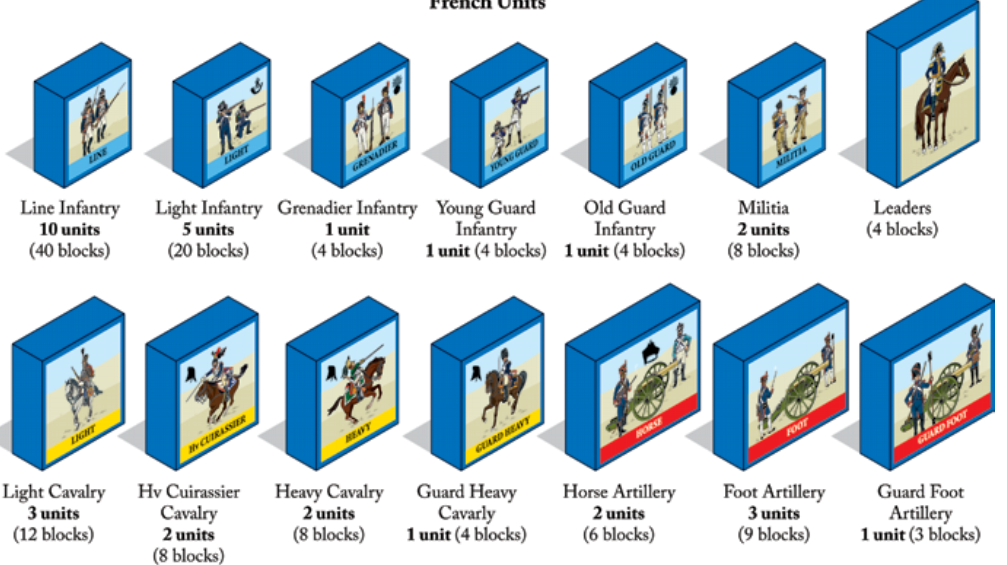
Perhaps the only real drawback that affects me is that some of the games are out of print and are hard to find (if anyone has the Spanish expansion for C&CN they want to give me please speak up). For many of these games, the secondary market is the only way they can get a copy of a specific title. I would recommend going to the publisher’s website and getting on their pre-order or P500 list so you can secure a copy in the future.
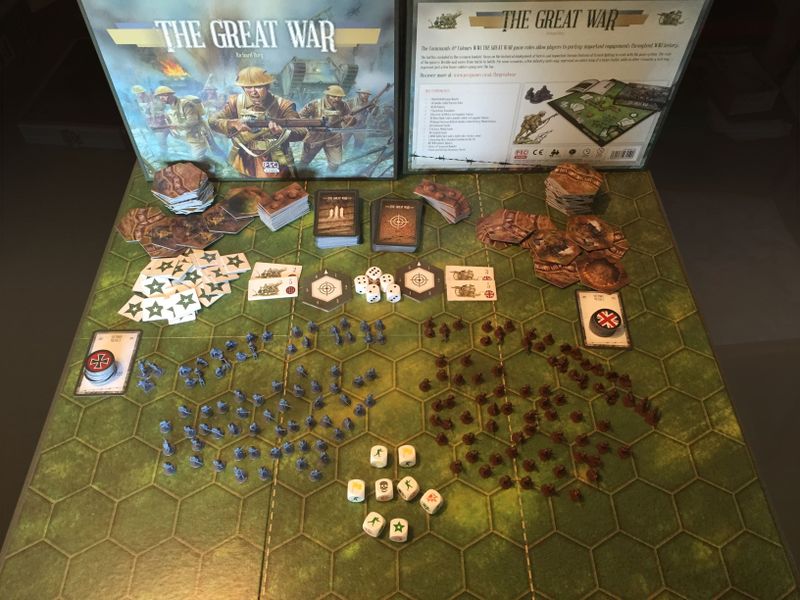
I have become a fan of this series for one basic reason, the game is fun to play. Some readers may recall that in our wargame final four from last year that C&C Ancients came out on top and for good reason. Besides the fun, the games do two things that you should not overlook, the first is that while the rules are simple, the games are challenging. The other thing I like about the system is that it is a great gateway game for beginning gamers or non-war gamers. Few games can do both of these and C&C does each very well. I was also able to get my 14-year-old son to play Samurai Battles and he picked it up quickly (and beat me).
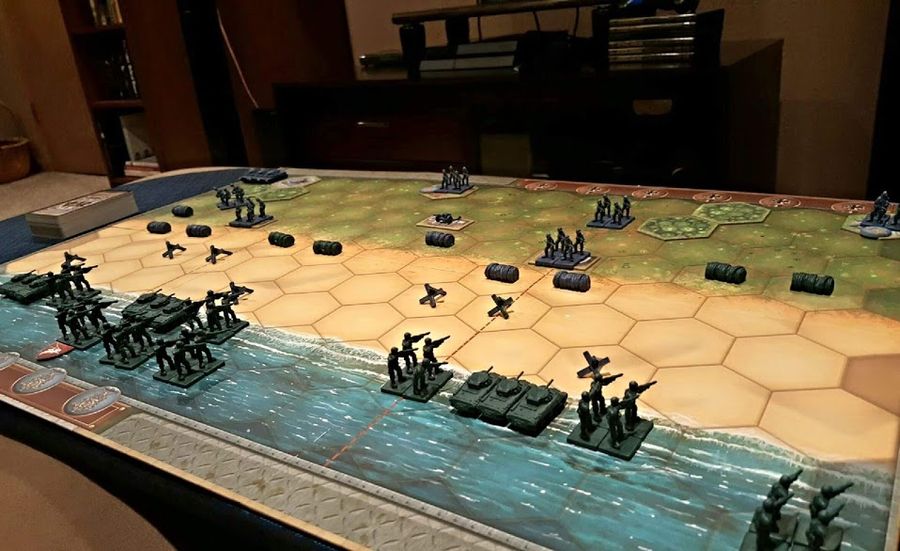
If you have ever wondered about the games in the C&C system, I recommend you find a game in a period you love and get prepared to have a lot of fun.
Pictures by author or taken from Board Game Geek

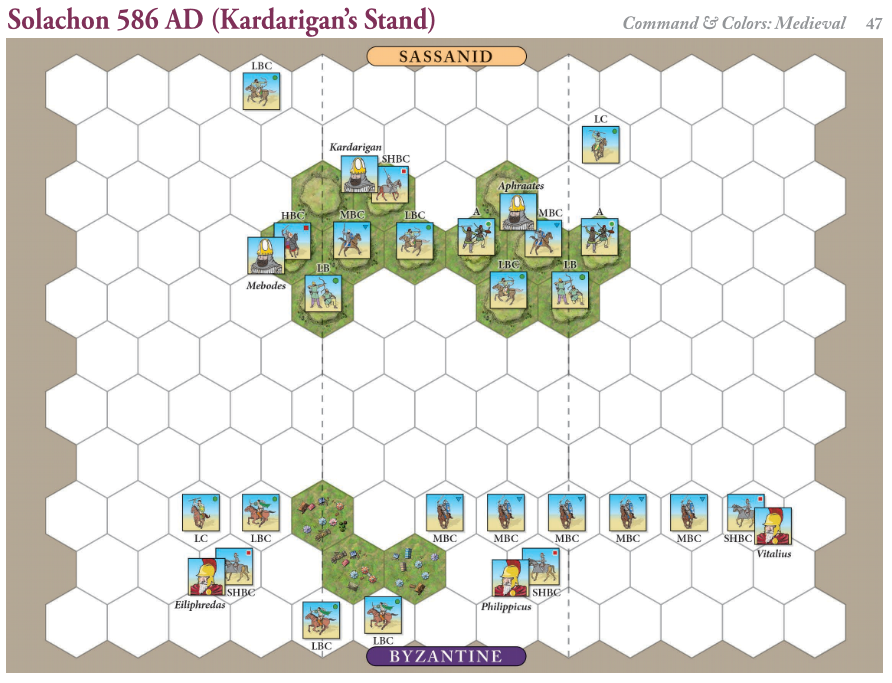 My review of Samurai Battles.
My review of Samurai Battles.
Started playing the Ancients version of this via Vassal back in our original lockdown, and have played it pretty much weekly since. I’ve completely fallen for the game – at least for me, it’s a perfect blend of period feel, but with enough abstraction to make it a fun, engaging game. Have been seriously considering adapting for minis, just for the glam 😉
The game is so addictive I play Ancients today